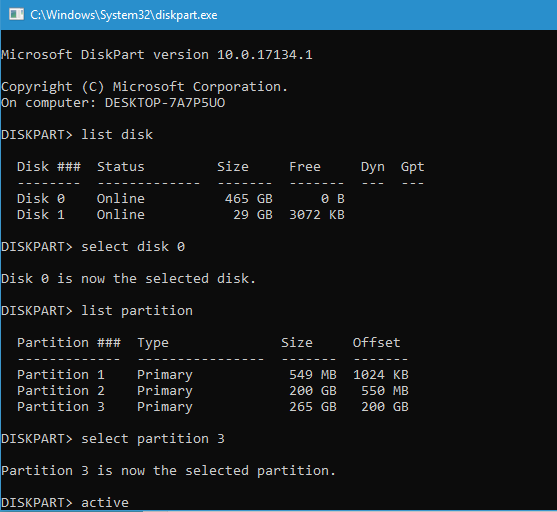
Now, create an EFI system partition by using the unallocated space with the command lines below. shrink desired=500 (shrink the partition by 500MB).

CREATE BOOT PARTITION FROM WINDOWS 10 HOW TO
How to create EFI partition in Windows 10Īs the example we show at the beginning, if you wish to make your second data disk a GPT system disk, you’ll need to create EFI partition. So, if you wish to make your SSD as a system disk and your device supports UEFI boot mode, you can initialize it as GPT partition style to have faster-running speed and better performance. The boot loaders or kernel images for all installed operating systems, device driver files for hardware devices present in a computer and needed by the firmware at boot time, and system utility programs are all stored on the EFI partition.ĮFI partition only appears on GPT system disk. The EFI ( Extensible Firmware Interface) system partition, often known as the ESP (EFI system partition), is a partition on a disk used by computers with UEFI. When users boot PC by UEFI mode, it will detect the system hardware and control the hardware initialization using the loaded EFI partition to boot OS faster.

When compared to Legacy, UEFI features enhanced programmability, scalability, speed, and security. Here we’ll show some basics about UEFI and EFI partition.Īs the successor to Legacy, Unified Extensible Firmware Interface (UEFI) is now the boot mode in popular for modern devices. There’s no UEFI partition, UEFI is a bootable mode that’s different from Legacy BIOS. If you also have an idea to make a data disk bootable, an EFI partition is a necessary condition. Is there a method to create an EFI partition on my new SSD?” I may remove the HDD and use the SSD as my only OS, but my SSD hasn’t an EFI partition and bootable files.
CREATE BOOT PARTITION FROM WINDOWS 10 INSTALL
“Planning to install Windows 10 on my SSD but still maintaining my old HDD with the original OS.


 0 kommentar(er)
0 kommentar(er)
